Best Laptop for 3D Printing: Top Picks in 2023
Written by: Hrishikesh Pardeshi, Founder at Flexiple, buildd & Remote Tools.
Last updated: Sep 03, 2024
The best laptops for 3D printing are listed below.
- Apple 2023 MacBook Air Laptop with M2 chip
- Lenovo 2022 Newest Ideapad 3 Laptop
- Apple 2022 MacBook Pro Laptop with M2 chip
- MSI 2022 GE76 Raider 17.3" 144Hz Gaming Laptop
- HP Pavilion 15 Laptop
- ASUS ZenBook Pro Duo 15 OLED
- LG Gram 17Z95P Laptop
- Razer Blade 14 Gaming Laptop
- Dell XPS 13 9310 Laptop
- Acer Predator Helios 300 PH315-54-760S Gaming Laptop
- MSI Creator 17 Professional Laptop
3D printing has revolutionized the world of manufacturing and design by enabling individuals and businesses to create complex, customizable objects with ease. In order to effectively utilize a 3D printer, it's important to have a reliable and powerful laptop to support the design process and control the printer itself.
A laptop for 3D printing should possess sufficient processing power, an efficient graphics card, ample RAM, and storage capacity to handle large design files and software applications. With a range of laptops available in the market, selecting the right one can be a daunting task. It's crucial to focus on features such as processor speed, compatibility with 3D printing software, and overall build quality while making your choice.
A good laptop for 3D printing should ideally have a fast and multi-core processor like the Intel Core i7 or AMD Ryzen 7 to smoothly run design software and handle complex projects without lags. A dedicated graphics card is essential to manage the intricacies of 3D models and render them quickly. Additionally, at least 16GB of RAM and a solid-state drive (SSD) are preferable to ensure swift performance and sufficient storage for your designs.
Having explored the key factors for the ideal laptop for 3D printing, let me walk you through my top picks to help you find the perfect device for your 3D printing needs. So, let's dive into the world of powerful laptops designed to support your creativity and bring your vision to life.
Table of Contents
- Best Laptops for 3D Printing
- Apple 2023 MacBook Air Laptop with M2 chip
- Lenovo 2022 Newest Ideapad 3 Laptop
- Apple 2022 MacBook Pro Laptop with M2 chip
- MSI 2022 GE76 Raider 17.3" 144Hz Gaming Laptop
- HP Pavilion 15 Laptop
- ASUS ZenBook Pro Duo 15 OLED
- LG Gram 17Z95P Laptop
- Razer Blade 14 Gaming Laptop
- Dell XPS 13 9310 Laptop
- Acer Predator Helios 300 PH315-54-760S Gaming Laptop
- MSI Creator 17 Professional Laptop
- Buying Guide
- Frequently Asked Questions
Best Laptops for 3D Printing
I've gathered a list of the best laptops for 3D printing to make your creative journey more enjoyable and efficient. Check them out below!
Apple 2023 MacBook Air Laptop with M2 chip
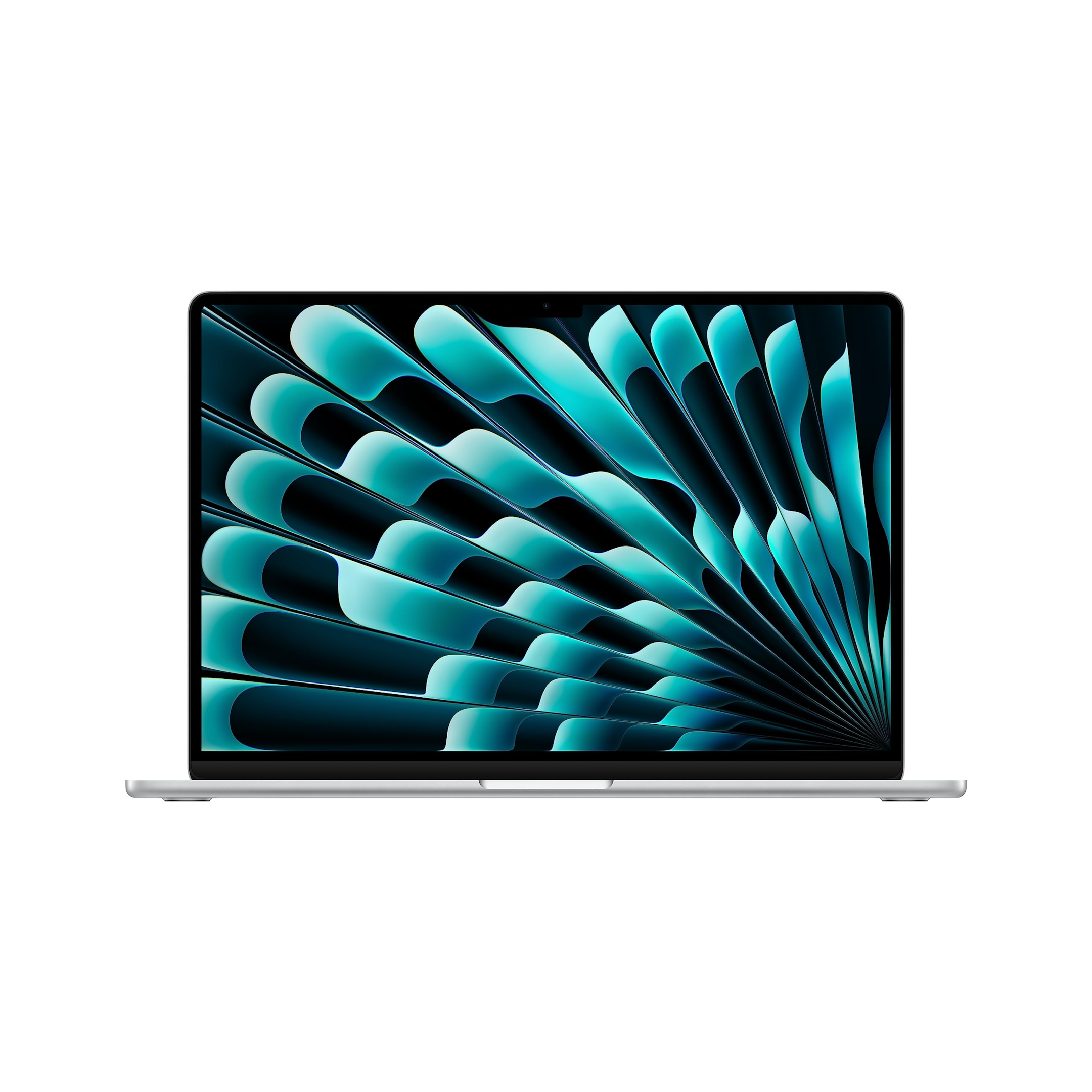
This laptop is a great choice for 3D printing enthusiasts, thanks to its powerful performance and stunning display.
Pros
- Powerful M2 chip for smooth 3D printing tasks
- Impressive 15.3-inch Liquid Retina display
- Long battery life of up to 18 hours
Cons
- Slightly expensive
- Limited upgrade options due to unified memory
- Only two Thunderbolt ports
As a 3D printing enthusiast, I delight in pushing my equipment to the limit, and the Apple 2023 MacBook Air Laptop with M2 chip never disappoints. The powerful M2 chip breezes through complex 3D printing tasks, and the high-resolution Liquid Retina display brings my designs to life, allowing me to visualize every detail clearly.
The long-lasting battery life of up to 18 hours means I can work on my 3D printing projects without constantly fetching my charger. The silent design ensures that I can focus on my work without any annoying fan noise, and ensure great print quality.
One downside, however, is the price. It is a bit on the higher side, but the impressive features justify the investment. Additionally, the limited upgrade options due to unified memory may not be ideal for some, but I found the base configuration to be more than enough for my needs. I also wish there were more Thunderbolt ports available, but a hub can help alleviate this issue.
In conclusion, if you're looking for a laptop that excels in 3D printing tasks and offers a stunning display, long battery life, and powerful performance, the Apple 2023 MacBook Air Laptop with M2 chip and the Mac operating system is an excellent choice.
Lenovo 2022 Newest Ideapad 3 Laptop
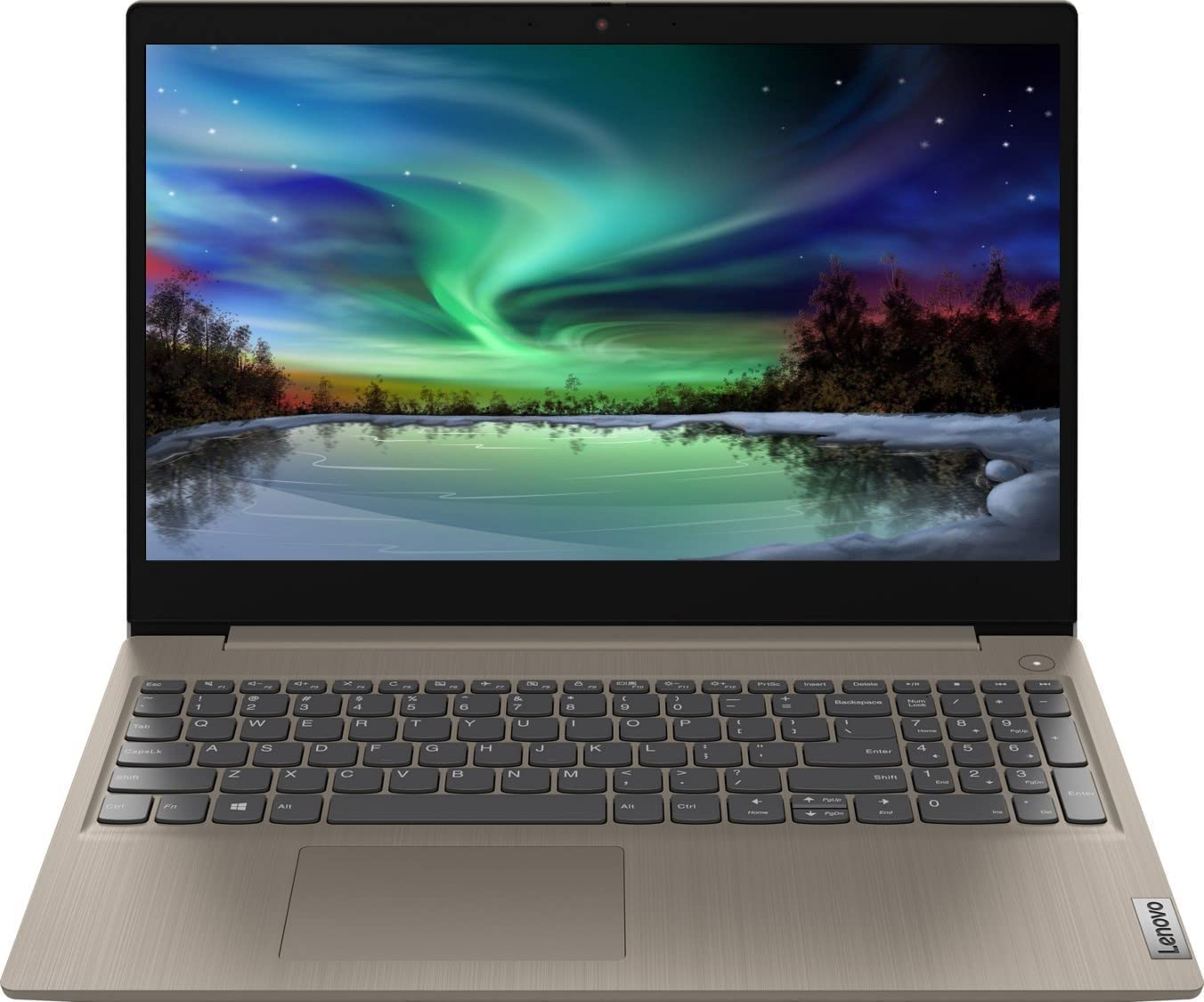
This Lenovo Ideapad 3 is a reliable choice and a powerful Windows laptop for 3D printing aficionados, thanks to its solid performance and touchscreen feature.
Pros
- Efficient 11th Gen Intel Core i3-1115G4 Processor
- 15.6" HD Touchscreen
- 8GB DDR4 RAM with a 256GB PCIe NVMe SSD
Cons
- Battery life could be better
- Lacks an optical drive
- Heavier than some competitors
When I first started using the Ideapad 3, I immediately noticed how smooth and quick it performed, especially when handling multiple applications and browser tabs. The 11th Gen Intel Core i3-1115G4 processor provided sufficient power for managing 3D printing tasks. The touchscreen was an added bonus, making navigation and adjustments a breeze.
As I used it more, I appreciated the decent number of ports, including USB 3.2 Gen 1 Type-A, USB 2.0 Type-A, HDMI, and a combination audio jack, giving me ample connectivity options for my 3D printer and other peripherals. The Dolby Audio with stereo speakers also produced good sound quality for when I needed a break from my 3D printing endeavors. It runs CAD (computer aided design) software really well.
Despite its strengths, I found the battery life (up to 7 hours) a little restricting. I often needed to plug in before the day was over, which may be bothersome for those who need to work on-the-go. Additionally, if you still use physical media, the lack of an optical drive could be a deal-breaker. Lastly, at 3.64 pounds, it's not the lightest laptop on the market, affecting its portability.
In conclusion, the Lenovo 2022 Newest Ideapad 3 is a solid performer for 3D printing tasks, with its efficient processor, touchscreen, and adequate RAM. However, its battery life, lack of an optical drive, and weight should be carefully considered before making a purchase.
Apple 2022 MacBook Pro Laptop with M2 chip
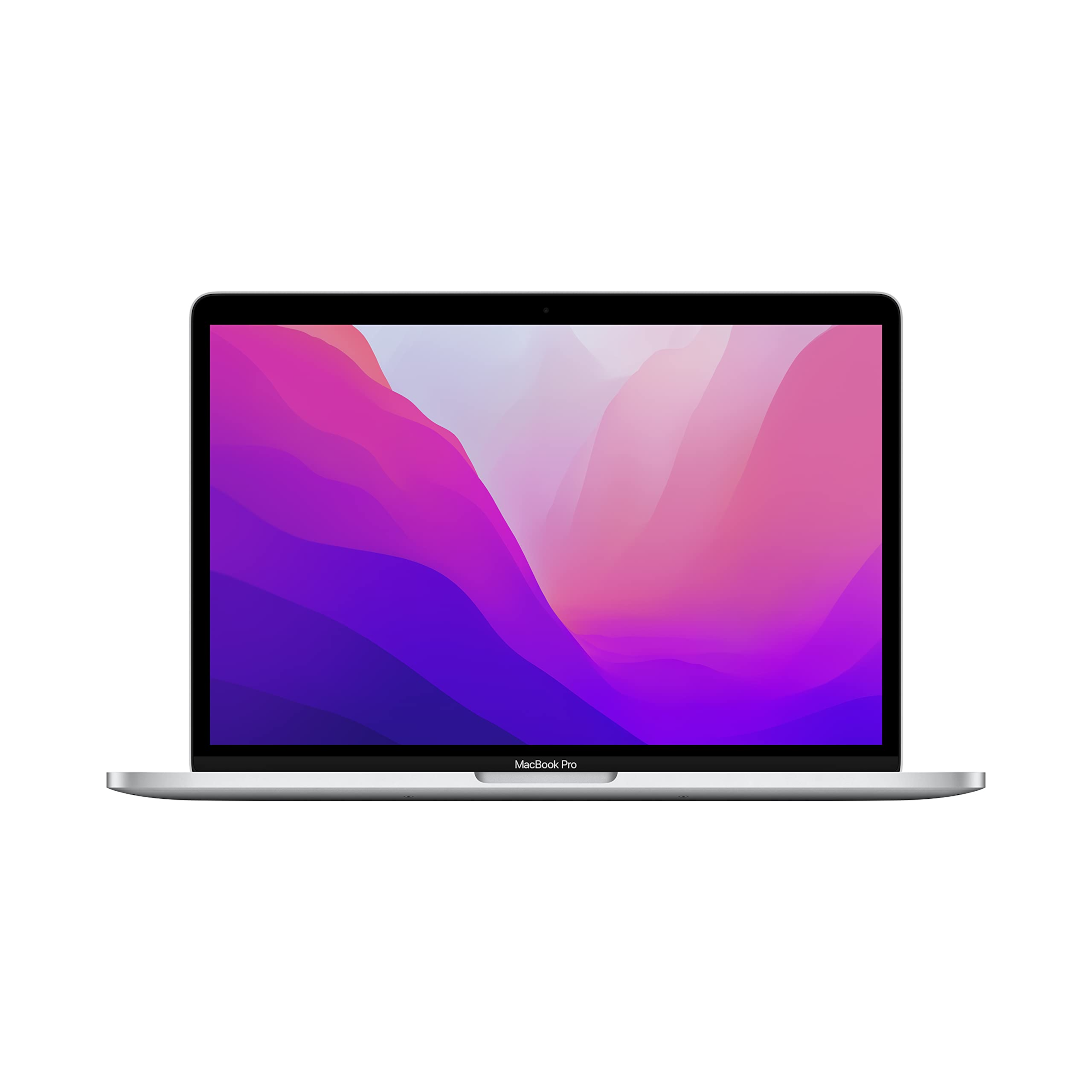
The Apple 2022 MacBook Pro with M2 chip is an exceptional choice for 3D printing enthusiasts who require power and performance in a sleek package.
Pros
- Supercharged M2 chip for powerful performance
- Long-lasting 20-hour battery life
- Vibrant 13.3-inch Retina display
Cons
- Limited to 8GB RAM
- Only 256GB SSD storage
- Higher price point
I recently got the chance to use the Apple 2022 MacBook Pro with the M2 chip, and I couldn't be more satisfied. As a 3D printing enthusiast, I need a reliable laptop that can handle complex tasks and large files, and this MacBook Pro certainly delivers.
The power and performance of the M2 chip allows me to work seamlessly with 3D modeling software and slice through layers at lightning speed. My previous laptop would often struggle with rendering intricate 3D models, but with the MacBook Pro, I can easily create intricate designs without any lag or downtime.
The 20-hour battery life is a godsend for those of us who work on the go and can't always find a power outlet. I've been able to work on my 3D projects all day and well into the night without needing to charge the laptop, which has been super convenient for me.
My only gripe with this MacBook Pro is the limited RAM and storage. With 8GB of RAM and a 256GB SSD, I find myself having to be selective about the software and files I keep on the laptop. However, considering the overall performance and user experience, I'm more than willing to overlook these shortcomings.
In conclusion, despite the higher price point and limited RAM/storage, the Apple 2022 MacBook Pro with M2 chip is a fantastic laptop for 3D printing enthusiasts like myself. The powerful performance, beautiful display, and exceptional battery life make it a worthy investment for anyone looking to work with 3D models and prints.
MSI 2022 GE76 Raider 17.3" 144Hz Gaming Laptop
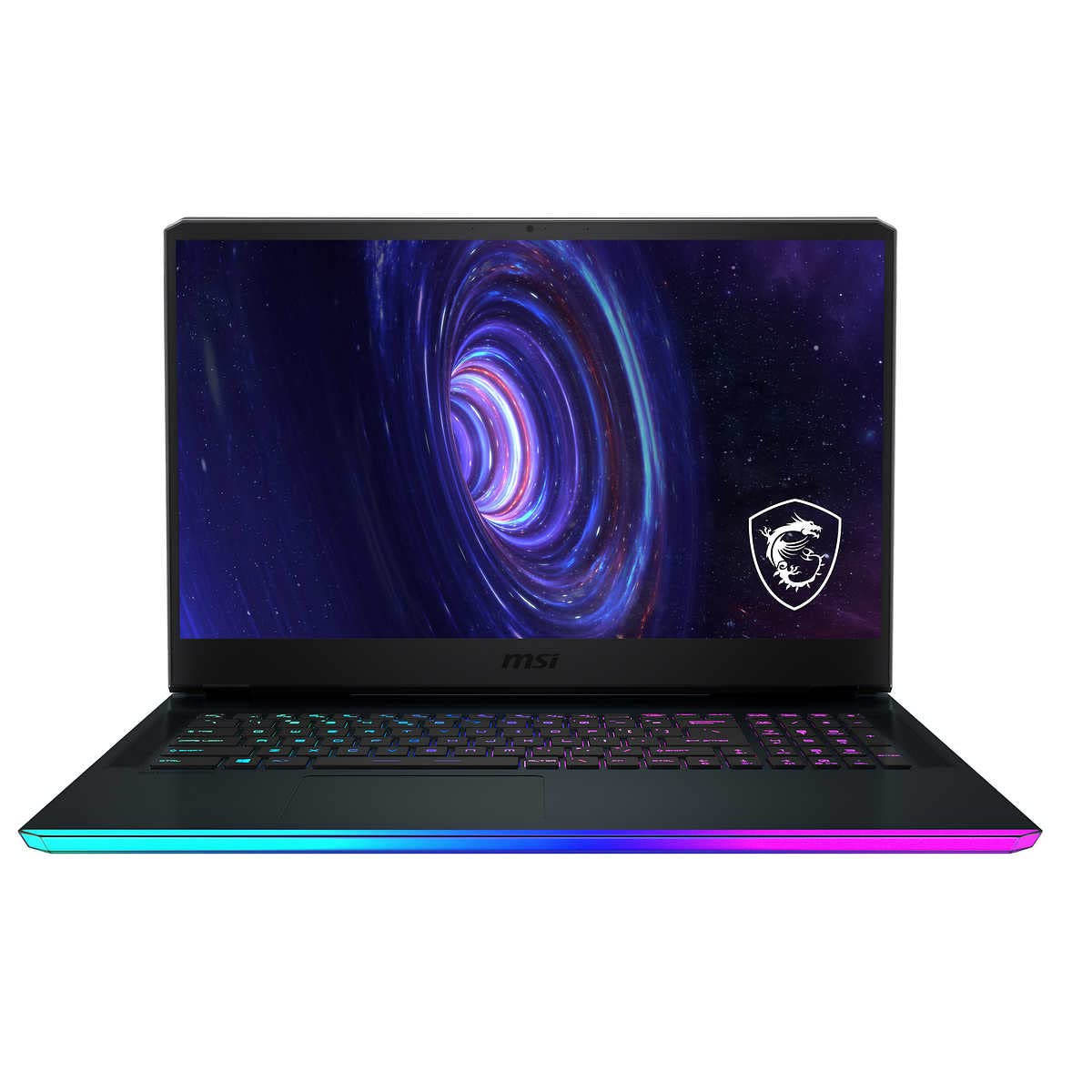
In my experience, this powerful laptop is an excellent choice for 3D printing enthusiasts who also enjoy gaming at max settings.
Pros
- Gaming performance with RTX 3060
- Fast Intel 8-core i7-11800H processor
- Impressive 17.3" 144Hz display
Cons
- Slightly heavy at 6.39 pounds
- Aftermarket RAM upgrades not by MSI
- RGB keyboard color cannot be set to static
Earlier today, I spent some time working with the MSI 2022 GE76 Raider, and I was really impressed by its performance. The Intel 8-core i7-11800H processor, along with the NVIDIA GeForce RTX 3060, ensures that my 3D printing software runs smoothly without any hiccups. Plus, the huge 17.3" 144Hz display allows me to view my models in great detail, making the design process much more enjoyable.
One thing I appreciated while using the laptop was its inclusion of a Thunderbolt 4 port, which allows me to connect multiple peripherals and a high-resolution monitor without any issues. I was also pleased with the RGB backlit keyboard, which adds some flair, but I did find it slightly annoying that the color couldn't be set to static – it kept rotating through the color spectrum.
The laptop, at 6.39 pounds, is a bit heavy for my liking; however, it is understandable given the powerful hardware packed inside. Additionally, it's essential to note that if you decide to get the laptop with more than 16GB of RAM, the upgrade will be performed by the seller, not MSI, which could cause some warranty issues in the future.
Despite these minor setbacks, I truly believe that the MSI 2022 GE76 Raider is a fantastic choice for those looking for a reliable and powerful laptop for 3D printing, as well as gaming at max settings. Also check out our list of the best laptops for multiple monitors, too.
HP Pavilion 15 Laptop
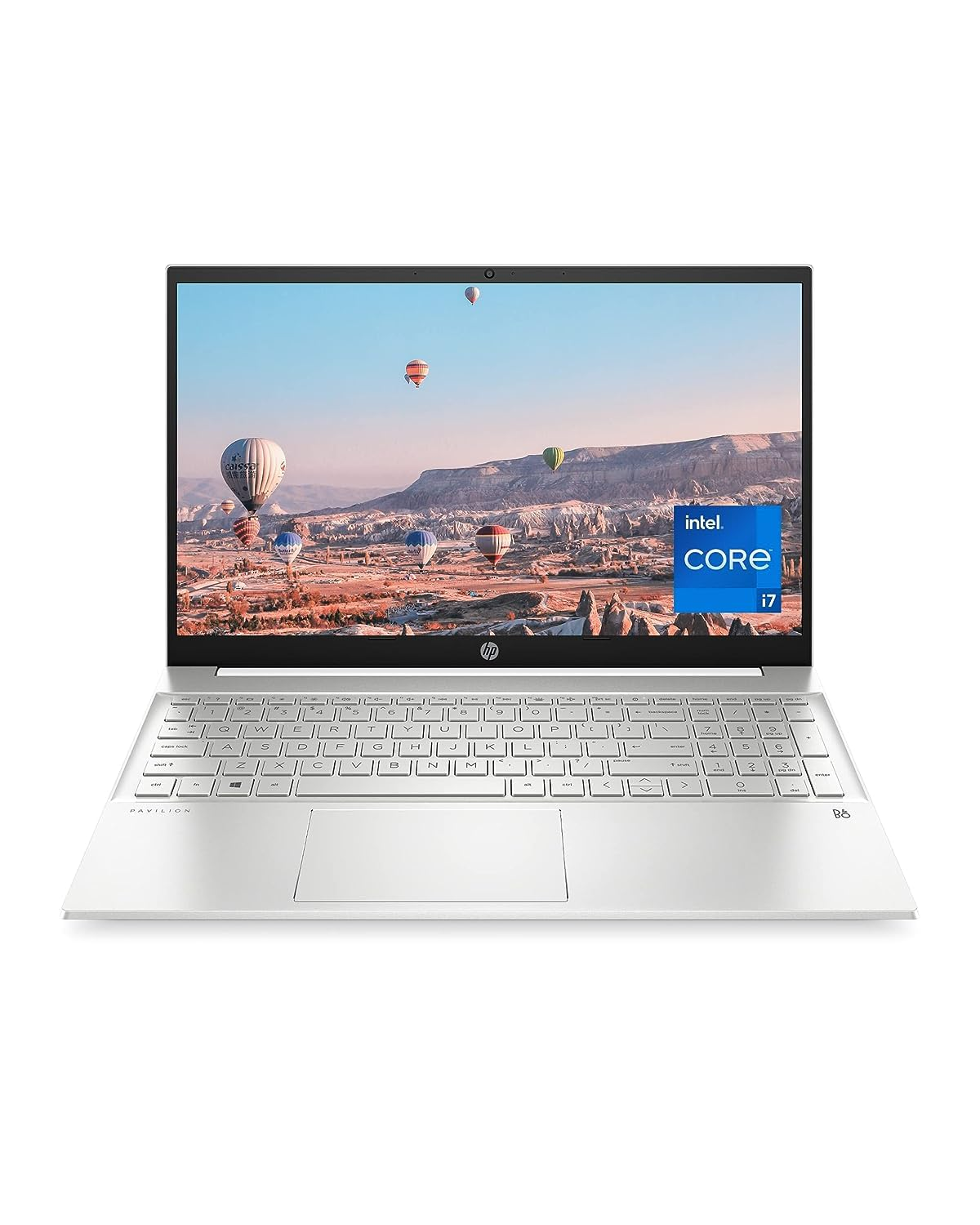
The HP Pavilion 15 is a great choice for 3D printing enthusiasts as it offers powerful performance and impressive features.
Pros
- Powerful 11th Generation Intel Core i7-1165G7 processor
- 16 GB RAM and 512 GB SSD Storage
- Large 15.6-inch Full HD IPS micro-edge display
Cons
- Slightly heavier than competitors
- Battery life could be longer
- Limited USB-C functionality
After using the HP Pavilion 15 Laptop, I can confidently say it's one of the best laptops for 3D printing. The powerful Intel Core i7 processor, along with its 16 GB RAM and 512 GB SSD storage, makes it a smooth and efficient workstation for handling large 3D printing projects.
The large 15.6-inch Full HD IPS micro-edge display provided an impressive visual experience, making working on intricate 3D designs a breeze. The inclusion of audio by B&O and HP speakers custom-tuned in collaboration with experts at Bang & Olufsen really brought entertainment to life with exceptional sound quality.
However, one downside I noticed was the weight of the laptop, which is slightly heavier than some competitors. This might be a concern for those who work on-the-go or need to move their laptops frequently. Additionally, the battery life, while reasonable, could be longer for longer work sessions away from power outlets. Lastly, the USB-C functionality is limited, which might be a consideration for some users.
Overall, the HP Pavilion 15 Laptop with its powerful performance, impressive display, and solid audio make it a great choice for a budget laptop for 3D printing enthusiasts.
ASUS ZenBook Pro Duo 15 OLED

The ASUS ZenBook Pro Duo 15 OLED is a fantastic investment for 3D printing enthusiasts looking for top-notch performance, outstanding visuals, and enhanced productivity while working on their projects.
Pros
- Remarkable performance with Intel Core i7 processor and NVIDIA GeForce RTX 3070 graphics
- Stunning 4K OLED HDR NanoEdge display for ultra-smooth visuals and accurate colors
- Innovative tilting ScreenPad Plus, which adds a secondary 14-inch 4K touchscreen to further expand your multitasking abilities
Cons
- Heavier form factor might not be suitable for frequent travel or constant shifting
- Under heavy loads, occasional shutdowns related to Thunderbolt port utilization were reported
- When not plugged in, the battery life might be less than desired for resource-intensive tasks
Ever since I got my hands on the ASUS ZenBook Pro Duo 15 OLED laptop, I've been experiencing a whole new level of efficiency while working on my 3D printing projects. The powerful Intel Core i7 processor and NVIDIA GeForce RTX 3070 graphics make quick work of any design software or slicing applications I throw at it, ensuring that I can spend more time creating and less time waiting for my machine to catch up.
The visuals on this laptop are truly extraordinary, thanks to its 4K OLED HDR NanoEdge display. Textures, colors, and details appear richer and more vibrant, lending a professional touch to my 3D designs and models. The secondary tilting ScreenPad Plus – a 14-inch 4K touchscreen – automatically adjusts for optimal viewing angles and allows me to manage multiple tasks simultaneously without losing focus on my main project.
As an avid user, I have noticed a few drawbacks as well. The laptop's weight is a slight inconvenience when I need to carry it around or reposition it frequently. Some users reported occasional shutdowns related to high utilization of the Thunderbolt port. In addition, the battery life may leave something to be desired for power-intensive tasks when not connected to an electrical outlet.
In summary, the ASUS ZenBook Pro Duo 15 OLED is a phenomenal choice for individuals seeking exceptional performance, beautiful visuals, and improved productivity while working on their 3D printing projects. Despite some minor drawbacks, this laptop will undoubtedly enhance your overall 3D design and printing experience.
LG Gram 17Z95P Laptop
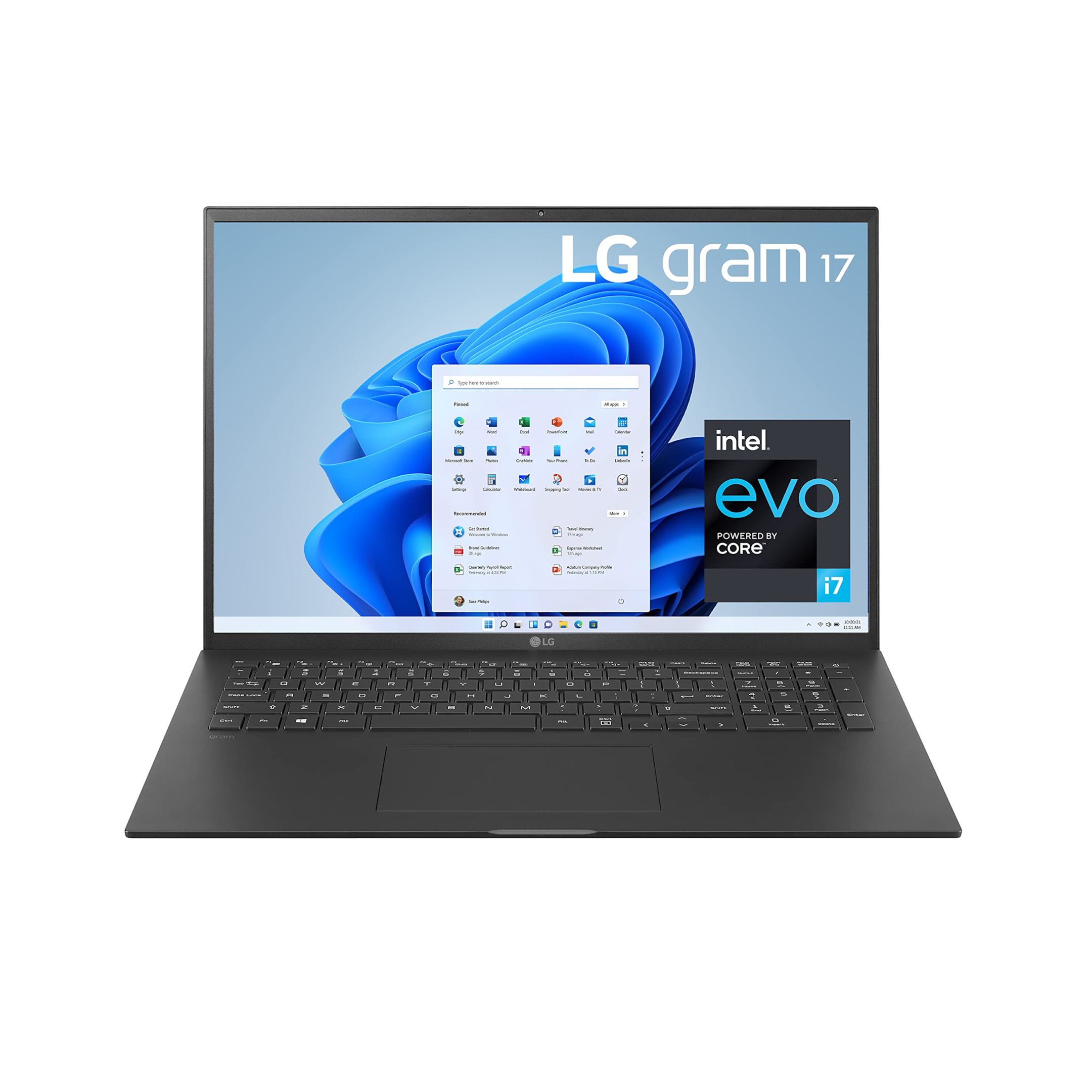
The LG Gram 17Z95P is a must-buy for those seeking a lightweight laptop with top-notch performance for 3D printing projects.
Pros
- Extremely lightweight and portable
- Powerful processor for smooth multitasking
- Spacious and fast 1TB SSD
Cons
- Subpar audio quality
- Inconsistent webcam performance
- Hefty charger
As a 3D printing enthusiast, I was in search of a laptop that could handle my design and printing needs without any hassle. The LG Gram 17Z95P Laptop truly impressed me with its ultra-lightweight design, making it incredibly easy to carry around.
The Intel Evo 11th gen Core i7 processor is undoubtedly one of its standout features. I found that it delivered exceptional performance when I was working on high-resolution content creation and editing. The 16GB LPDDR4X 4266MHz RAM further added to its efficiency, allowing for seamless multitasking during my design sessions.
One downside that I experienced while using this laptop was the audio quality. Even in a quiet room, the maximum volume did not meet my expectations. I would recommend using external speakers or headphones if you plan to rely on audio features for your 3D printing projects.
Another hiccup I encountered was the inconsistent webcam performance. The "Secure Mode On" notification appeared frequently, even after attempting to turn it off using the suggested key combinations. This issue may not affect 3D printing directly, but it's certainly something to be aware of if you use your laptop for video calls.
Lastly, despite the laptop's very impressive specs and portability, the charger that comes with it is quite hefty. This may not be a deal-breaker for some, but it's worth considering if portability is a major concern for you.
In conclusion, the LG Gram 17Z95P Laptop is an excellent choice for 3D printing enthusiasts who prioritize performance and portability. Its powerful features will undoubtedly exceed your expectations while working with 3D designs. Just be prepared to compromise on audio quality and invest in a good webcam if needed.
Razer Blade 14 Gaming Laptop
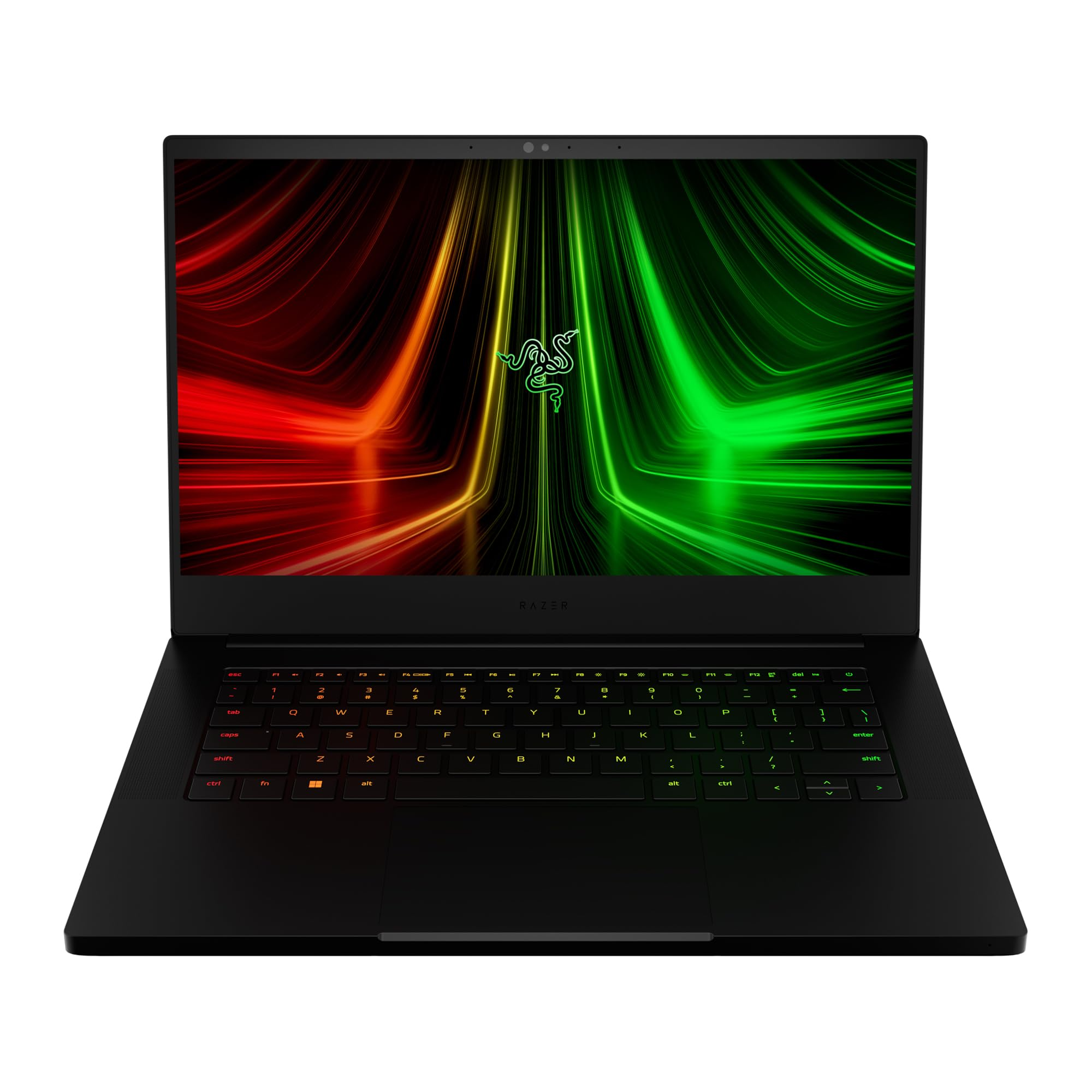
If you're looking to enhance your 3D printing experience, this laptop is a powerful and reliable choice for gamers and professionals alike.
Pros
- Impressive performance with AMD Ryzen 9 and NVIDIA RTX 3080
- Vapor Chamber Cooling for optimal thermal performance
- Customizable RGB key lighting and THX Spatial Audio
Cons
- More expensive compared to similar laptops on the market
- Potential cooling issues under heavy loads
- Limited connectivity options for multiple screens
After trying out the Razer Blade 14 Gaming Laptop, I was quickly impressed by the powerful performance it delivers. The AMD Ryzen 9 processor and NVIDIA GeForce RTX 3080 graphics make 3D rendering a breeze, which is essential when working with 3D printing software. The 165Hz QHD display offers crisp visuals, ensuring detailed and accurate designs.
The Vapor Chamber Cooling system is a noteworthy feature, keeping the laptop cool and quiet, even under pressure. However, some users have reported cooling issues under heavy loads, so it's essential to monitor the temperature to avoid any unexpected shutdowns.
One aspect I particularly enjoyed was the customizable RGB key lighting, adding a personalized touch to my setup. The THX Spatial Audio also provided an immersive experience while working on my 3D printing projects or indulging in some gaming during breaks.
The main drawback I found with the Razer Blade 14 is its higher price point compared to other laptops with similar specs. Furthermore, I experienced some limitations when trying to connect multiple external screens, which could be an issue for users seeking extensive workspace setups.
In conclusion, the Razer Blade 14 Gaming Laptop is an excellent choice for those needing a powerful, portable solution for their 3D printing needs with some unique features. However, its price tag and potential cooling issues could be deal-breakers for some users. Consider your budget and specific requirements before making a decision.
Dell XPS 13 9310 Laptop
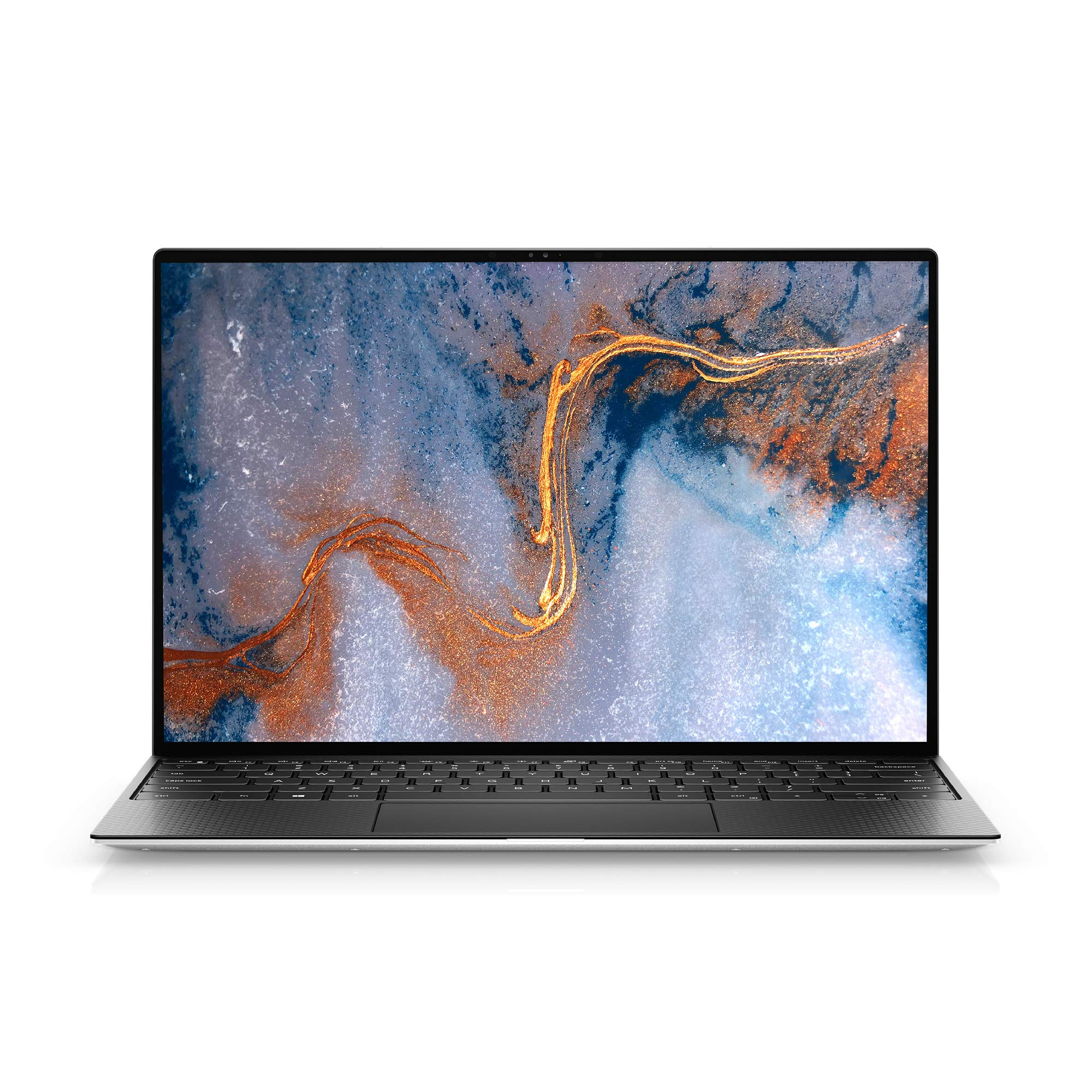
I think if you're in the market for a powerful laptop for 3D printing, the Dell XPS 13 9310 is a solid option with its high-resolution display and impressive performance.
Pros
- Stunning 13.4-inch OLED 3.5K touch display
- Fast and efficient Intel Core i7 processor
- Generous 32GB RAM and 1TB SSD storage
Cons
- Disappointing battery life for some users
- Camera issues with face recognition
- Audio compatibility concerns with certain Linux distributions
The moment I used the Dell XPS 13 9310, I was impressed by its sleek design and lightweight build, making it an ideal companion for my 3D printing projects where portability matters. The laptop's 13.4-inch OLED 3.5K display enhanced my work experience, with its anti-reflective and high-resolution properties ensuring that my 3D models looked crisp and vibrant.
The processing power the Dell XPS 13 provided was impressive, thanks to its Intel Core i7-1185G7 with a turbo boost of up to 4.80 GHz. Paired with 32GB of RAM and 1TB SSD, I was able to enjoy a fast and smooth workflow while creating, modifying, and slicing my 3D models. The Killer Wi-Fi 6 AX1650 and Bluetooth 5.1 allowed me to effortlessly connect with external devices and transfer files without any hiccups.
However, there were some drawbacks I noticed while using the Dell XPS 13 9310. The first was its battery life, which didn't seem to last as long as advertised, leaving me a bit disappointed. Additionally, the laptop's camera sometimes failed to work, particularly during face recognition processes. Lastly, while some XPS models target Linux users, this laptop had audio compatibility issues with certain GNU/Linux distributions due to the required nonfree/binary firmware.
In summary, despite some shortcomings, the Dell XPS 13 9310 is a powerful and efficient laptop that can cater to the needs of 3D printing enthusiasts. Its remarkable display and performance might just outweigh the negatives of its battery life and camera issues for many users.
Acer Predator Helios 300 PH315-54-760S Gaming Laptop

I highly recommend this laptop if you're looking for a powerful device to meet your 3D printing needs while also offering impressive gaming capabilities.
Pros
- Powerful Intel Core i7-11800H processor
- NVIDIA GeForce RTX 3060 GPU for excellent gaming performance
- Fast 144Hz refresh rate and 3ms Overdrive response time on display
Cons
- Fan noise can be quite loud during intensive tasks
- Slightly heavier than other laptops in its class
- 6 Hours of average battery life may not be sufficient for some users
After using the Acer Predator Helios 300 PH315-54-760S, I found it to be an exceptional laptop for 3D printing enthusiasts. The 11th Generation Intel Core i7-11800H processor, with its 8 cores and 16 threads, provides extreme performance and allows users to run the most demanding slicing software or design programs with ease. The NVIDIA GeForce RTX 3060 GPU ensures that even demanding games can be enjoyed to their full potential.
One of the strongest aspects of this laptop is the display, which offers a 15.6" Full HD (1920 x 1080) IPS LED-backlit panel with 16:9 aspect ratio. It boasts an impressive 144Hz refresh rate and 3ms Overdrive response time, making it perfect for gamers who demand the best visual experiences. The inclusion of Wi-Fi 6 and Ethernet E2600 enhances the overall speed and throughput, giving users the ability to prioritize their gameplay and work needs.
Despite its many advantages, the laptop does have a few shortcomings. During high-performance tasks like gaming or rendering, the fans can get quite loud, which might be a concern for some users. Additionally, at 5.51 pounds, it may be a bit heavier than some competing devices. The average battery life of 6 hours may also not be enough for users who require longer working durations without access to power.
Nevertheless, the Acer Predator Helios 300 PH315-54-760S Gaming Laptop is ideal for 3D printing and gaming enthusiasts who require a powerful device capable of handling a wide range of applications.
MSI Creator 17 Professional Laptop
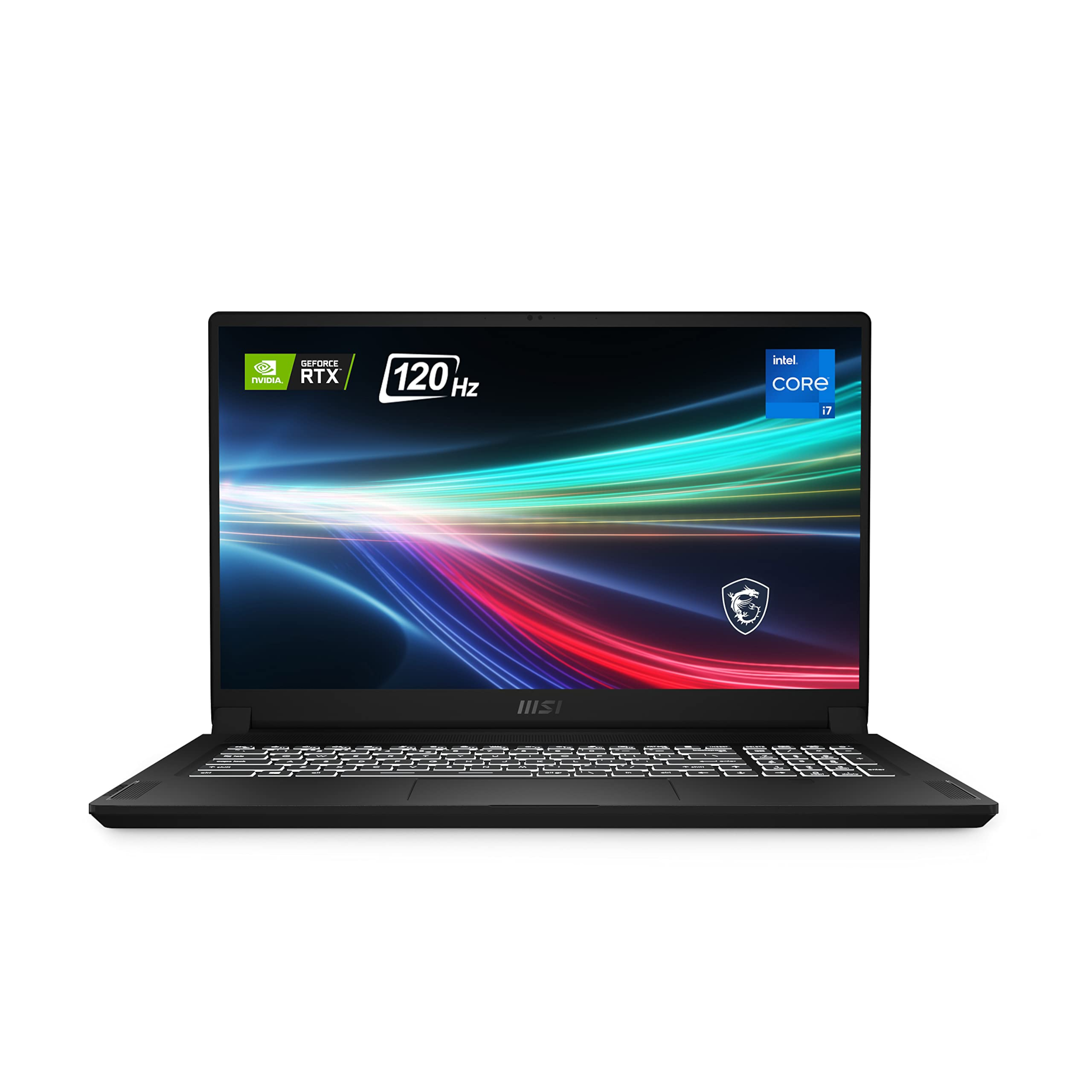
The MSI Creator 17 is an ideal choice for 3D printing enthusiasts seeking high performance and excellent display quality.
Pros
- Vibrant and responsive 17.3" UHD 120Hz display
- Powerful 11th Gen Intel Core i7 processor and NVIDIA GeForce RTX 3060 graphics
- Lightweight and portable with a 99Whr battery
Cons
- Can heat up under intensive tasks
- Some driver updates may be required
- Battery life could be improved for non-gaming usage
I recently had the chance to test out the MSI Creator 17, and I must say, I was impressed by its capabilities. As someone working with 3D printing and design, having a reliable and powerful laptop is essential for my projects. The Creator 17 definitely checks those boxes with its 11th Gen Intel Core i7 processor and NVIDIA GeForce RTX 3060 graphics card.
The 17.3" UHD 120Hz display was one of the standout features for me. The vibrant colors and sharp image quality made designing and working on 3D models a breeze. Even when gaming or watching videos, the fast response time and 100% DCI-P3 color coverage made for a highly satisfying visual experience.
Portability is another important factor for me, and the MSI Creator 17 doesn't disappoint. Despite packing a substantial amount of power, it remains lightweight and features a 99Whr battery for on-the-go work. However, I did find that the battery life could be better for non-gaming use.
One issue I encountered during my time with the Creator 17 was the laptop heating up when working on more intensive tasks. I could feel the heat, especially near the keyboard, making it slightly uncomfortable during those operations. Additionally, I had to update a few drivers after purchase.
Despite these minor drawbacks, I would still recommend the MSI Creator 17 Professional Laptop to those looking for a powerful and efficient laptop for 3D printing and design work. Its high-quality display, performance capabilities, and portability make it well worth considering.
Buying Guide
When looking for the best laptop for 3D printing, there are several factors that I consider to ensure I choose the right product for my needs. In this buying guide, I will share my thoughts and some friendly advice on what features to look for when selecting a laptop for 3D printing. You can use some of these while buying a desktop computer for 3D printing, too.
First and foremost, it's essential to consider the laptop's performance. 3D printing software often requires a significant amount of processing power, so I always make sure the laptop has at least an Intel i5 or equivalent processor. Additionally, 8GB of RAM is a good starting point to ensure smooth operation and minimize any lag in processing large files.
Graphics Capability
Another crucial factor in selecting a laptop for 3D printing is the graphics card. I prefer a dedicated GPU, such as NVIDIA or AMD graphics cards, for better performance. This will help view and manipulate 3D models more effectively and ensure seamless compatibility with various software applications.
Storage and Connectivity
Adequate storage is essential to store design files, STL files, and printer settings. I recommend opting for at least a 256GB SSD, as it offers faster read/write speeds and contributes to overall system performance. Of course, how much RAM you need would depend on your use case. Moreover, USB 3.0 or higher ports are necessary for quick data transfer, and an SD card reader can be useful for importing files directly from a camera or other devices.
Display and Resolution
Since 3D modeling and design can be intricate work, I always look for a laptop with a high-quality display. A minimum of 1920x1080 resolution is crucial, and larger screen sizes (15" or more) offer more comfortable viewing. For an even better experience, laptops with IPS displays provide more accurate color representation and wider viewing angles.
Battery Life
As a laptop user, portability is essential. I like having the freedom to work on my 3D printing projects anywhere, which means that battery life is a key consideration. I recommend looking for laptops with a battery life of at least 6-8 hours, so I don't have to worry about constantly searching for an outlet.
By considering these factors, I can confidently choose the best laptop for my 3D printing needs. Remember, the right laptop can significantly impact the quality and efficiency of your 3D printing projects, so take the time to weigh the pros and cons of each feature and select the one that best meets your requirements.
Frequently Asked Questions
Best laptops for architect rendering?
In my experience, the best laptops for architect rendering are those with powerful processors, dedicated graphics cards, and plenty of RAM. Some recommendations include the ASUS ROG Zephyrus G15, Dell XPS 15, and the HP ZBook Studio G7. These laptops ensure smooth performance when dealing with complex rendering tasks and help architects bring their designs to life more efficiently.
Most suitable workstations for 3D modeling?
When it comes to 3D modeling, I find that professional workstations offer the most reliable performance. Look for laptops with high-end Intel Core or AMD Ryzen processors, Nvidia GeForce RTX or Nvidia Quadro GPUs, and at least 16-32GB of RAM. Models like the Lenovo ThinkPad P1, Acer ConceptD 7, and MSI WS75 stand out as great options for 3D modeling tasks.
Top laptops for Rhino and ZBrush?
Rhino and ZBrush are popular software tools in the 3D industry and require capable hardware. Laptops with powerful processing capabilities, ample RAM, and dedicated GPUs provide the best experience when using these tools. Consider the Razer Blade 15, Apple MacBook Pro, and Gigabyte Aero 15 as top choices if you primarily use Rhino or ZBrush for your work.
Are gaming laptops ideal for 3D tasks?
Gaming laptops can be an excellent choice for 3D tasks, as they typically feature high-performance CPUs, dedicated GPUs, and fast storage. While they might not have specialized features like professional GPUs or ECC memory, gaming laptops can still deliver impressive performance for 3D applications like modeling and rendering. Look out for gaming laptops like the Alienware m15 R4, ASUS ROG Strix G17, and HP Omen 15.
Optimal laptop specs for 3D printing?
When working with 3D printers, it's essential to have a laptop that can handle 3D design and modeling. Consider laptops with at least a quad-core processor, 16GB of RAM, and a dedicated GPU like the Nvidia GeForce RTX series. SSD storage will also help your computer run faster and manage large files more efficiently. Depending on your needs and budget, laptops like the Dell XPS 15, Acer Predator Helios 300, or ASUS TUF Gaming A15 could be suitable options.
Top recommended laptop brands for 3D professionals?
There are numerous brands that offer high-quality laptops for 3D professionals. Some of the top contenders include Dell, HP, ASUS, Apple, and MSI. Each brand has its advantages, with some focusing on portability and style, while others prioritize performance and durability. It's worth considering your specific needs and researching various models to find the best fit for your 3D work.